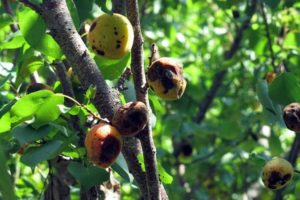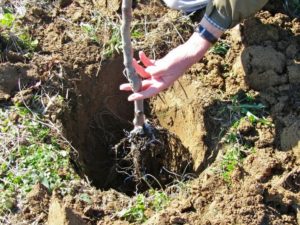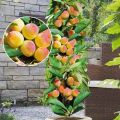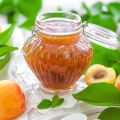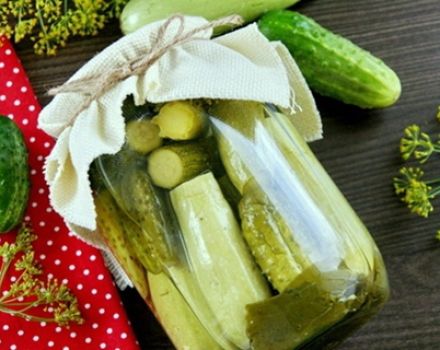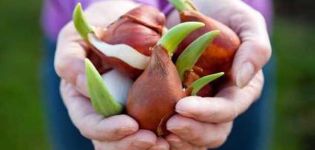Description of the variety of apricots Russian, characteristics of fruiting and care
Gardeners of the Central Black Earth Region and other regions of the middle lane have long dreamed of harvesting southern fruits, but the seedlings of peaches and apricots brought from Moldova or Ukraine could not stand frosty winters, and if they did not disappear, they still did not please with sweet fruits. These horticultural crops have not been adapted to the climatic conditions of the middle latitudes. The situation changed with the advent of the Russian apricot. The variety feels fine in the Moscow region, in the Ryazan, and in the Voronezh region, and in the Volga region.
Breeding history
The fragrant orange fruits were brought to Europe from Armenia. The deciduous tree reaches a height of 8 meters, has powerful roots, and bears fruit for decades under favorable conditions. In Russia, apricots are grown in the Caucasus and southern regions. Michurin was also engaged in breeding hybrids that could withstand severe winters.
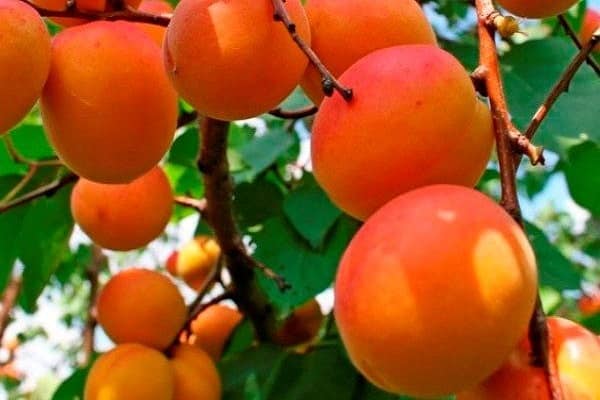
The variety Russian was obtained by selection by specialists from the research institutes in the North Caucasus and adapted to the climate of middle latitudes. Although this apricot is not included in the State Register of Crops Recommended for Growing in the country, both summer residents and gardeners are happy to plant it.
Description of the variety
The stone tree, bred by Russian breeders, reaches a height of 4.5 meters, has a beautiful crown of medium density. Yellow fruits with ruddy sides differ:
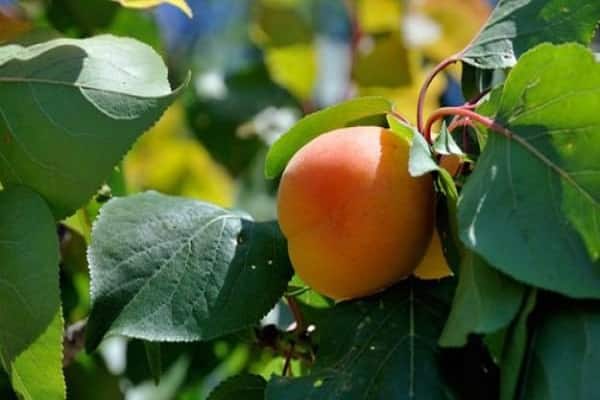
- large weight;
- dense pulp without veins;
- great taste;
- somewhat flattened oval shape;
- pleasant aroma.
After reading the description of the Russian variety, summer residents began to plant apricots in their plots. The tree can be seen in yards, small gardens, but it is not grown on an industrial basis, the fruits are not suitable for preservation for the winter, they eat fresh fruits.
Outwardly, the culture does not differ from other varieties. The bark on young trees has a brown tint, the leaves are a rich green color. White, like snow, apricots are covered when there is still no greenery.
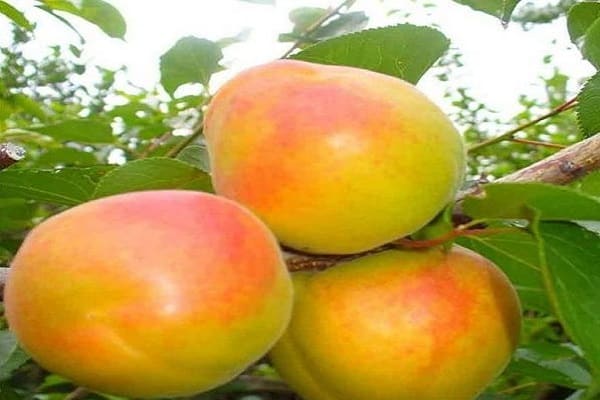
Specifications
Ruddy fruits ripen in July and weigh from 60 grams, some ripe specimens have a mass of 70 g. The stone lags well behind the pulp. The tree tolerates frosts exceeding 30 ° C, sharp weather changes. Apricot Russians are less likely to be affected by diseases, suffer less from pests than other hybrids.
Drought tolerance
The plant feels fine in the heat, it can be without watering for a long time, which it inherited from its closest relatives, adapted to the dry summer of the southern regions. However, in order for the tree to please with the harvest, irrigation is necessary.
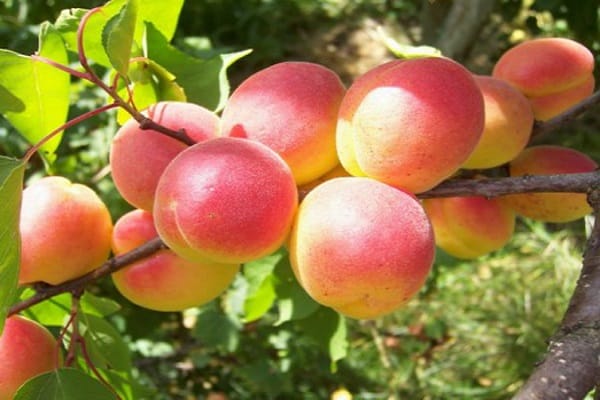
Pollination
Despite the fact that the Russian belongs to self-fertile varieties, it should be planted next to other apricots that bloom at the same time. Due to cross-pollination, more ovaries are formed, buds do not crumble.
Yield
With good care, a four-year-old tree can please with "rosy-cheeked" fruits. An adult plant produces up to 7 buckets of apricots - juicy and sweet.
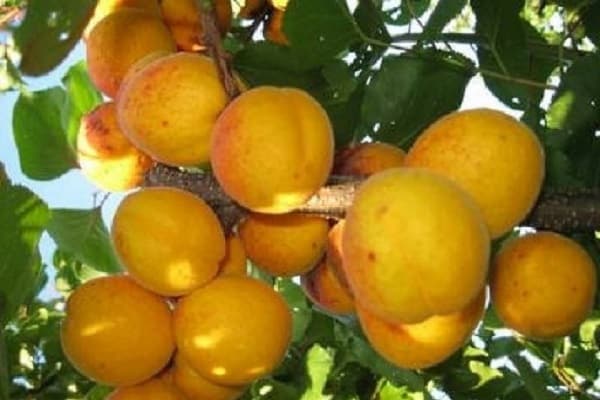
Fruiting
The yield increases with regular pruning. In mid-latitudes, the culture blooms in May, while in the southern regions - in late March, early April. Unfortunately, frosts can occur in any month of spring and lead to the death of the ovary. The Russian, like other apricots, bears fruit for decades.
Landing features
The characteristics of the variety allow it to be cultivated in different regions. Reviews about the Russian are even written from the Nizhny Novgorod region, where the roots have to be buried in the ground for the winter, but the tree pleases with fruits.

Choosing a landing site
Southern culture loves warmth, is afraid of drafts. The apricot grows well in an area with sunlit, closed from the winds blowing from the north. It is not recommended to plant a tree nearby:
- with currants;
- raspberries;
- yoshta.
It is worse accepted, less fruitful apricot, if a place where the stone fruit grew was chosen for it, groundwater is located close to the surface. Variety Russian responds positively to fertile loose soil with low acidity.
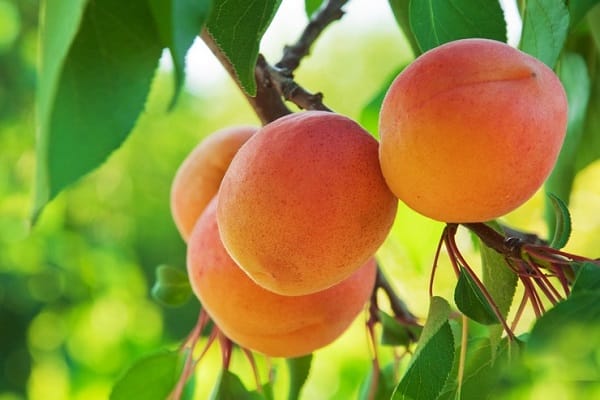
Landing dates
For a young tree, you need to go to the nursery and choose an apricot, where there are no cracks or breaks either on the root or on the trunk. In mid-latitudes, the seedling is moved to the site in the spring. This can be April or May, the main thing is that the kidneys do not wake up, the juice does not leak. When planting in autumn, there is a risk that the tree will freeze and not accept.
Subtleties of care
Many people consider apricot an unpretentious crop, but if you don't take care of it, you shouldn't expect that several buckets of sweet fruits will ripen on the tree. Any kind of crop needs moisture, nutrients, pruning. In the garden, it is necessary to remove weeds, fight pests, and prevent the appearance of diseases.

Watering
Although apricots tolerate drought normally, they also require abundant moisture at least once a month, however, water stagnation should not be allowed.
Young trees are often watered, if possible early in the morning or after sunset.
Pruning
The grown seedlings form a crown, leaving no more than 8 branches that form the skeleton of an apricot. Shoots should not grow from the same location in the trunk. They start pruning the tree every spring to help speed up bud development.
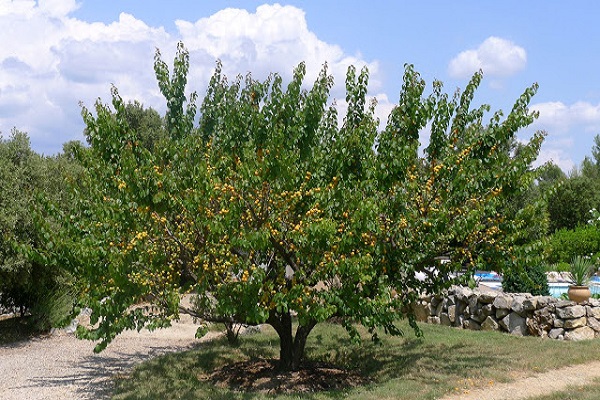
Preparing for winter
In the fall, it is necessary to perform activities that will help the apricot survive the cold period normally. To prevent cracks on the trunk and branches, the trees are whitewashed by spreading a glass of flour glue, 2 kg of lime, 200 g of copper sulfate in a bucket of water.
Before the onset of winter, you must:
- Remove fallen leaves and dried fruits.
- Dig up the ground.
- Wrap the lower part of the trunk with needles or strong synthetics.
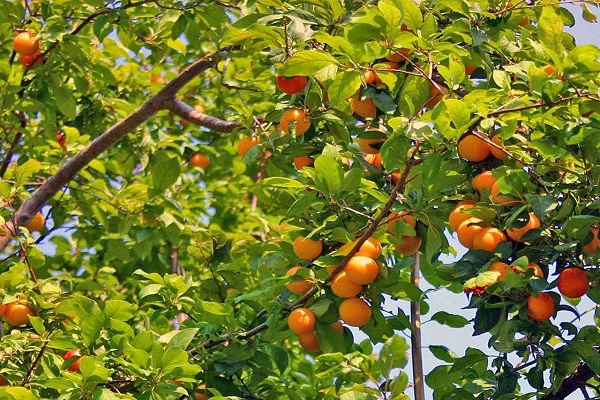
Such measures will help to destroy the larvae that are hiding in the soil, to protect the apricot bark from damage by rodents. The plant will thank you for the care and attention with juicy fruits.
Pests and diseases
The Russian variety suffers less from viruses and bacteria. However, a cold summer with frequent rains provokes the activation of fungi that cause diseases in apricots in the form of:
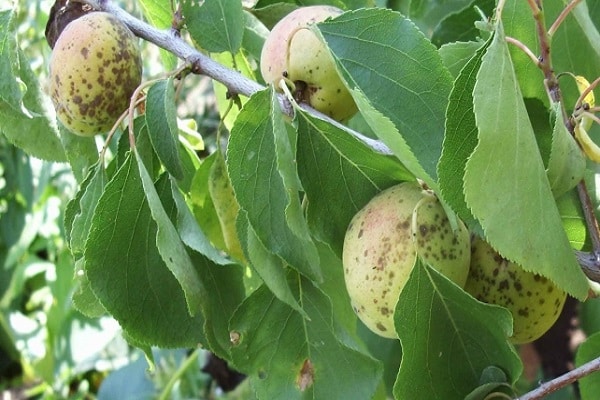
- coccomycosis;
- gray rot;
- perforated spot;
- cytosporosis;
- curliness of leaves.
Preparations containing copper can prevent damage to trees. With a monilial burn, when the flowering branches dry up, the apricots are treated with Bordeaux liquid, the Horus fungicide.
To eliminate cytosporosis and other diseases, plants are sprayed with the chemicals "Ridomil", "Fundazol". The Russian variety does not suffer from insect infestations, but if pests appear, they use insecticides.

